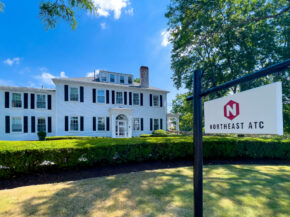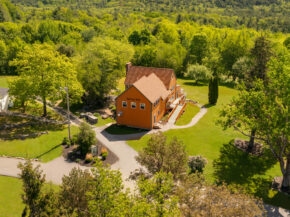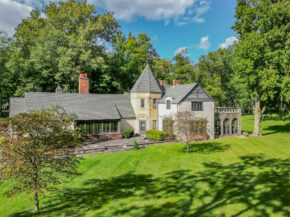How Much Alcohol Is In Wine? | Wine Alcohol Content, Explained
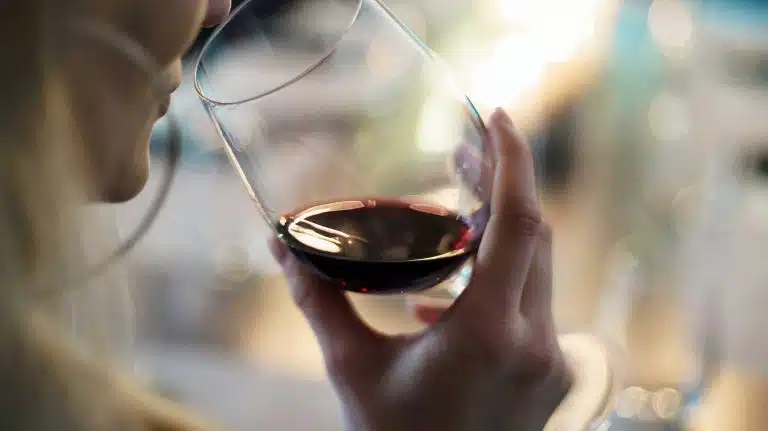
Although wine is hailed as a fine drink of sophistication and class with potential benefits, it can raise your blood alcohol concentration (BAC) to potentially dangerous levels.
Wine is also capable of triggering severe health problems like liver damage and alcohol use disorder (AUD) if it’s abused chronically.
Alcohol Content Of Wine
The average ABV (ethanol/alcohol by volume) of wine is between 11% and 13%. Some higher alcohol wines are as strong as 20% ABV or more, while others have a very mild ABV of 6% or less.
Compare these figures to beer, with an average ABV of around 5%, and hard liquors, which are available at 40% ABV (80 proof) and 60% ABV (120 proof), and also up to a maximum 95% (190 proof).
Wine ABV By Type
No two wines will have precisely the same ABV and different samples can vary dramatically, even between two wines of the same type. However, here are some rough generalizations.
Red Wine ABV: 12-15%
Red wines are made from grapes harvested later in the year, resulting in higher sugar content and, after fermentation, a higher alcohol concentration. A higher concentration of tannins is also responsible, in part, for the darker coloration of red wines.
Examples of red wine include:
- Amarone
- Merlot
- Cabernet Sauvignon
- Zinfandel
- Syrah/Shiraz
- Malbec
- Pinot Noir/Burgundy
- Sangiovese
- Nebbiolo
- Barolo
- Chianti
- Beaujolais
Fortified Wines ABV: 16-20%
Fortified wine is any wine fortified with distilled spirits (often brandy) during the fermentation process.
This means that despite having a higher alcohol content than their base wine, fortified wines may be quite sweet as the spirits halt the fermentation process before the sugar content of the wine is fully converted into alcohol.
Examples of fortified wines include:
- Port
- Sherry
- Madeira
- Marsala
- Vermouth
Rosé Wine: 12%
Rosé wines have a pink coloration and fall between red and white wines in most respects, including the amount of alcohol they contain. They are often named after the red or white wine they are most related to.
White Wine ABV: 5-14%
White grapes tend to have less sugar than red grapes, limiting the ABV of white wines relative to darker varieties.
While this means that these (generally) lower-alcohol wines tend to be less inebriating by volume, the lighter taste and sweetness of white wine can prompt many to overindulge.
Examples of white wines include:
- Chardonnay
- Pinot Gris (Pinot Grigio)
- Sauvignon Blanc
- Dry Riesling
Sweet Wine ABV: 5-10%
Sweet wines or dessert wines tend to be very light-colored and are typically served in small amounts due to their sweetness and high-calorie count. They are made by halting the fermentation of white wine before the grape sugars are fully converted into alcohol.
Examples of sweet wines include:
- Moscato
- White Zinfandel
- German Riesling
- Sauternes
- Muscadet
- Grüner Veltliner
Wine Cooler ABV: 5-6%
Wine coolers are made of wine (or often malt liquor) mixed with some other nonalcoholic drink like grape juice or seltzer. As with white wine, this low alcohol content makes wine coolers less inebriating by volume, but the increased sweetness makes them even easier to drink.
Champagne/Sparkling Wines: 11-13%
While all champagne is sparkling wine, not all sparkling wine is champagne. Champagne by definition can only be created by winemakers in the Champagne region in northern France.
These deceptively high alcohol wines are typically made with a blend of chardonnay, pinot noir, and pinot meunier and are then carbonated using a secondary fermentation process, or with supplemental carbon dioxide.
Anyone Can Develop A Drinking Problem
There is an art to winemaking, balancing the alcohol, tannins, flavor, acidity, and age of the mix to create the perfect glass of wine.
However, despite its high-class reputation, the relatively high alcohol content of wine can make it an especially dangerous choice for those who are unable to manage their alcohol consumption.
Fortunately, treatment programs for alcohol use disorders are ready and available. To learn about our treatment options, please contact us today.
Written by Ark Behavioral Health Editorial Team
©2024 Ark National Holdings, LLC. | All Rights Reserved.
This page does not provide medical advice.
Encyclopædia Britannica - wine - Species and varieties
National Institute on Alcohol Abuse and Alcoholism (NIAAA) - Understanding Alcohol Use Disorder
Questions About Treatment?
Ark Behavioral Health offers 100% confidential substance abuse assessment and treatment placement tailored to your individual needs. Achieve long-term recovery.
100% confidential. We respect your privacy.
Prefer Texting?
Our friendly support team is here to chat 24/7. Opt out any time.


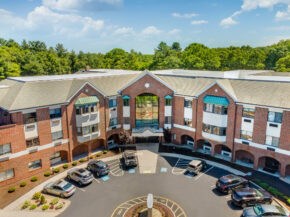




 Learn More
Learn More